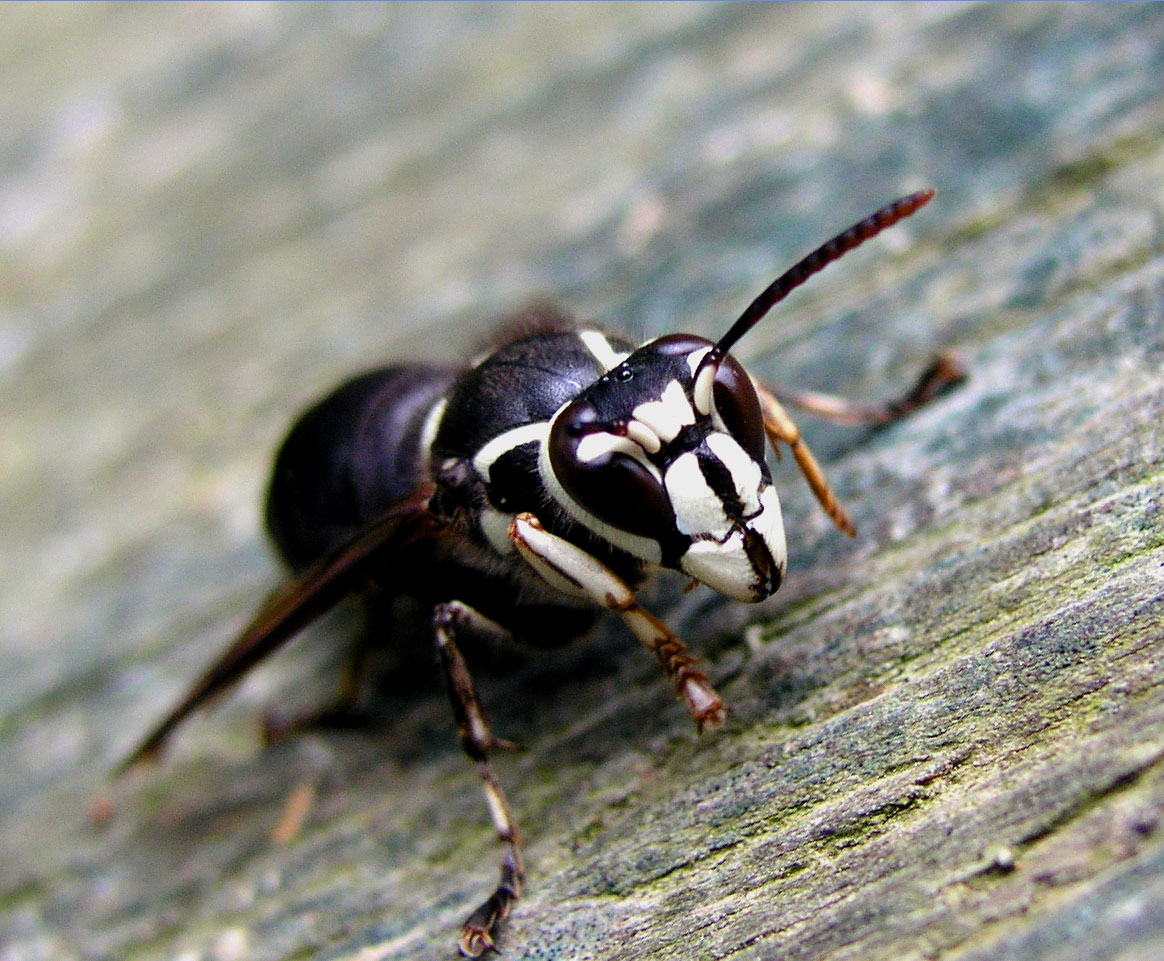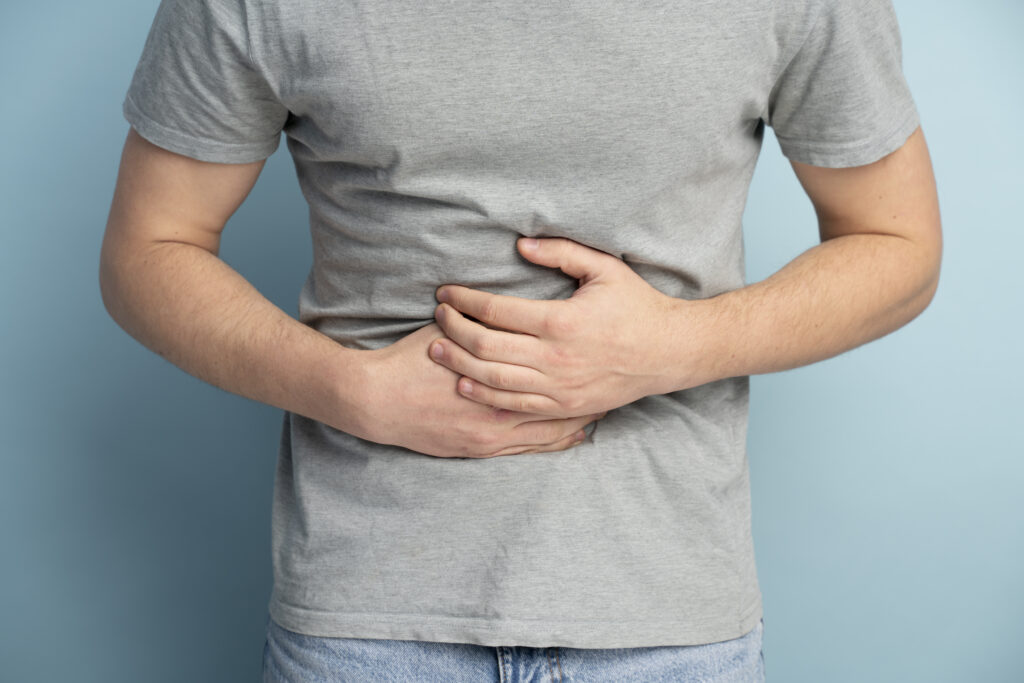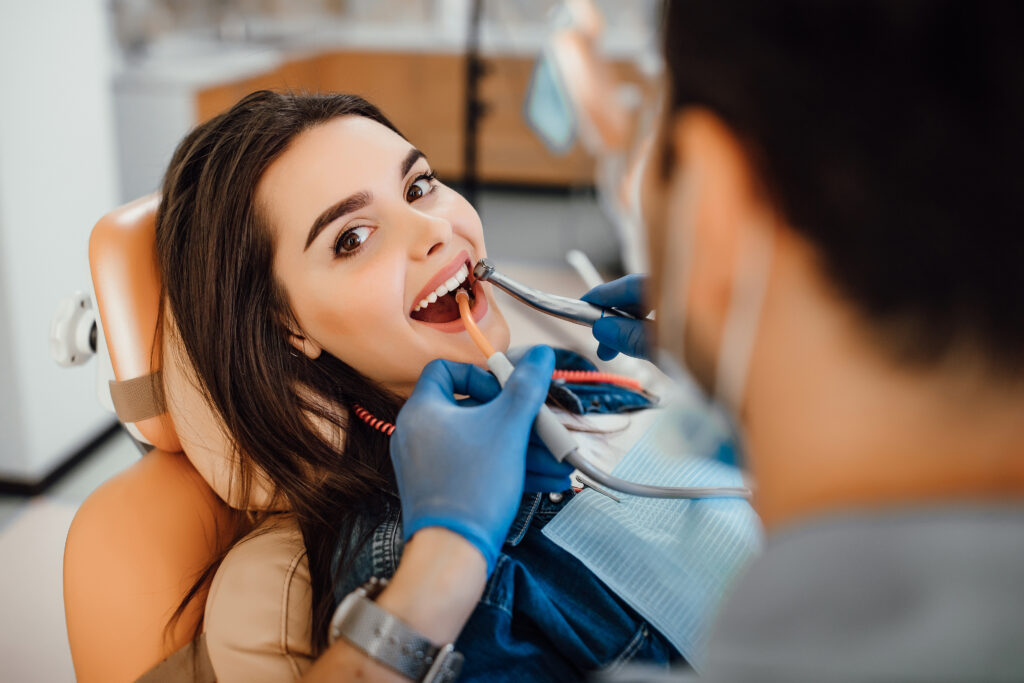Bald-Faced Hornet Stings : Everything you need to know

Introduction
Picture yourself on a bright day in your backyard when all of a sudden you hear the same buzzing noise overhead. Distinguished by their characteristic black and white markings, bald-faced hornets are frequent visitors to numerous areas. Even though they are very important to the ecosystem, getting stung by them can hurt. We’ll delve into the world of bald-faced hornets and discover the secrets behind their stings in this blog post.
Anatomy and Behavior of Bald-Faced Hornets
Dolichovespula maculata, or bald-faced hornets, are unusual insects with distinctive black and white markings. They display their complex architecture in their aerial nests, which are frequently found hanging from trees or other structures. When their nest is in danger, these solitary insects are renowned for acting aggressively.
Because they kill flies, caterpillars, and spiders, bald-faced hornets are regarded as beneficial omnivores. However, because of their aggressive defensive nature, they pose a threat to people who come too close to a nest or when a nest is built too close to a place where people live.
What Do Bald-Faced Hornets Look Like?
You might be looking at a bald-faced hornet if you see something that resembles a black and white wasp. Their black bodies and mostly white faces are similar to those of their yellowjacket relatives. Additionally, they have two slanted lines on the latter portion of their abdomen and from their midsection towards their head. Like paper wasps and yellowjackets, their upper midsection has a surface that from a side view nearly resembles a triangle.
The size of queen bald-faced hornets is larger than that of their worker adult counterparts. In contrast to other stinging hornets and insects, such as yellowjackets and paper wasps, their enclosed aerial nests are grey and resemble paper.
Bald-Faced Hornet Sting Characteristics
The venom of bald-faced hornets is what gives them their potency. The venom, which is made up of several chemicals, causes pain receptors to fire, producing a sudden, strong feeling. We can better understand why their stings are so painful by knowing the ingredients in their venom.
Immediate Reactions to Stings
a sting from a bald-faced hornet feels “similar to getting your hand smashed in a revolving door
Bald-faced hornet stings cause more than just transient discomfort. It frequently causes instantaneous reactions, like redness, swelling, and pain. Examining these initial reactions can assist people in identifying and quickly treating the effects of a sting.
Dangers of a Bald-Faced Hornet Sting
I know what you’re thinking—it’s just a hornet! I can handle a minor sting!
Actually though, you might not. One reason is that the bald-faced hornet’s sting frequently triggers allergic reactions that can be fatal. The sting is excruciatingly painful, even if you survive and don’t end up in the emergency room. A wasp’s sting is like having your hand smashed in a revolving door, according to the Schmitt pain index. Ouch! Even exterminators like us get upset when we learn we have a customer with an infestation because it’s a sting that hurts so much. Even worse, when the bald-faced hornet tries to sting you, they frequently aim for your face!
Potential Allergic Reactions
A bald-faced hornet sting may cause more severe allergic reactions in certain people. An allergic reaction could be indicated by symptoms such as breathing difficulties, face or throat swelling, and dizziness. In situations like these, it’s critical to recognize the symptoms and get medical help.
How to Treat Bald-Faced Hornet Stings
First, use a dull object, like a credit card or fingernail, to scrape the stinger off of a bald-faced hornet sting. Next, give the area a soap and water wash. Swelling can be lessened by applying a cold pack wrapped in a thin cloth to the sting for 30 to 60 minutes at a time, switching between 10 minutes on and 10 minutes off. For discomfort, you can use over-the-counter itching remedies or ibuprofen.
How to Get Rid of Bald-Faced Hornets
Bald-faced hornets are beneficial insects, so you should leave them alone if they are not found in busy areas. But, there are some actions you can take to remove them if their nest is close to where people are. These actions include:
2. Steps for Nest Removal Near Human Activity:
– Early Detection:- Find nests when they are small, making removal easier before the colony grows large.
– Observation:- Watch the nest to confirm occupancy and identify the entrance before attempting removal.
– Nighttime Removal:- Use a pressurized insecticide for wasps and hornets.
– Treat the nest at night when hornets are resting.
– Direct the spray into the opening, not outside the nest.
– Avoid Light:- Don’t shine a flashlight during treatment, as hornets may become aggressive towards light.
– Protective Gear:- Wear eye protection, long sleeves, and chemical-resistant gloves.
– Shower after treatment to remove any lingering substances.
– Post-Treatment Observation:- Monitor the nest after treatment to ensure the entire colony is eliminated.
– Surviving hornets may become more aggressive.
– Allergic Reactions:
– If allergic to insect stings, call a professional for nest removal to avoid potential risks.
By following these steps, you can safely manage bald-faced hornet nests near human activity.
FAQs
Q1: Why should nest removal be done at night?
- A1: Bald-faced hornets are less active at night, making it safer to approach and treat the nest. Additionally, they are all present in the nest, increasing the effectiveness of the removal process.
Q2: What are the signs of an allergic reaction to a bald-faced hornet sting?
- Signs may include difficulty breathing, swelling of the face or throat, and dizziness. Seek immediate medical attention if any severe allergic reactions occur.
Q3: Can I use DIY methods for nest removal?
DIY nest removal is not recommended, especially for large nests. It can be dangerous, leading to aggressive responses from the colony. Professional pest control services are safer and more effective.
Q4: What precautions should I take during nest removal?
Wear protective gear such as eye protection, long sleeves, and chemical-resistant gloves. Additionally, avoid shining a flashlight during treatment, as it may provoke the hornets.


